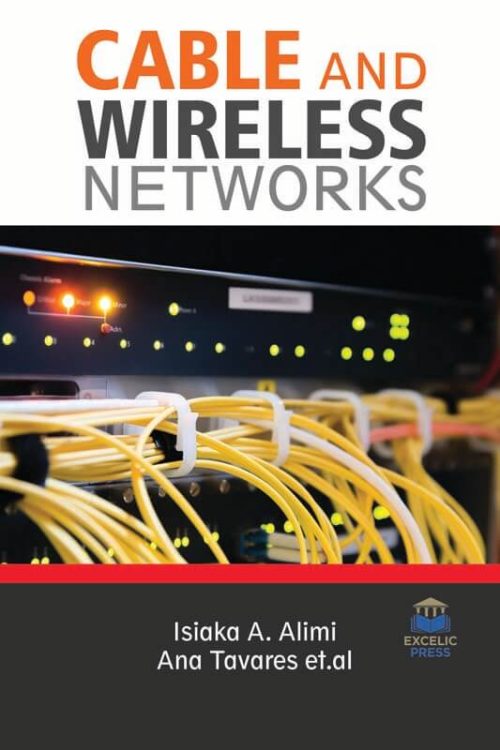Description
There have been growing concerns regarding the increasing number of unprecedented bandwidth-intensive mobile applications and services being experienced by the Internet. A notable cause of the increase in the traffic and the subsequent pressure on the network is the Internet of things (IoT) technologies. Additionally, to support the anticipated massive devices, there has been general consensus that the fifth-generation (5G) wireless communication system is the viable and promising solution. Meanwhile, massive multiple-input multiple-output (M-MIMO) antenna and millimeter-wave (mm-wave) technologies are anticipated to be integrated into the 5G networks, so as to enhance the wireless system bandwidth.
The emerging fifth-generation mobile communications are envisaged to support massive number of deployment scenarios based on the respective use case requirements. The requirements can be efficiently attended with ultradense small-cell cloud radio access network (C-RAN) approach. However, the C-RAN architecture imposes stringent requirements on the transport networks. This book presents high-capacity and low-latency optical wired and wireless networking solutions that are capable of attending to the network demands. This book explains not only how to select and organize network hardware but also delves practical information about the kinds of network devices and software desirable to make it all work. A new differential protection method for multiterminal HVDC cable networks is also proposed.
The book further discloses new differential protection method for multiterminal HVDC cable networks and radio access network backhauling using power line communications. In this book, we also present WIFI and UMTS networks. We will focus on the air interface functioning of both networks to highlight similarities, then we propose two schemes inspired from WIFI QoS techniques to apply to UMTS air interface (Uu interface). The book also discusses aims, network architecture, and security/privacy problems of a Smart Grid. Moreover some solutions are proposed in order to define a high-level architecture implementing privacy and security techniques in the grid. Current and future FTTH technologies are also elaborated.
The most recent antenna array technologies such as smart antenna systems (SAS) and massive multiple input multiple output (MIMO) systems are giving a strong increasing impact relative to 5G wireless communication systems due to benefits that they could introduce in terms of performance improvements with respect to omnidirectional antennas. Consequently, the book closes with a chapter that intends to illustrate the improvements accomplished in this field allowing enhancing the basic functionalities of the Omnet++ simulator by implementing the most modern antenna array technologies. This book will appeal to students and practitioners dealing with technical accountabilities in planning, design and improvement of networks, telecommunications systems, and mobile communication systems.





